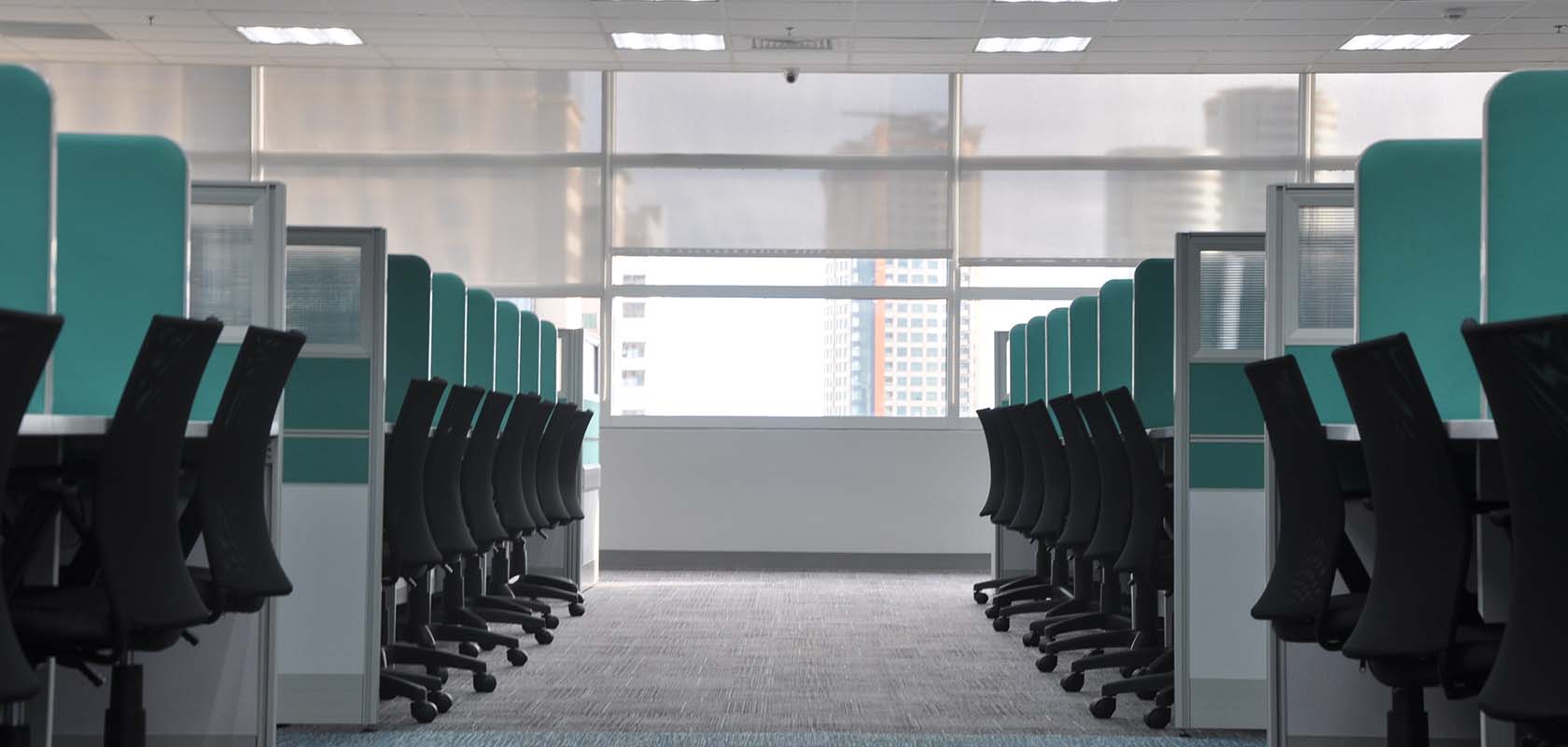
The next phase of our journey takes us a bit longer into the later half of the 20th century. You guessed it, the sixties! Leaving the Bürolandschaft behind and moving on to modesty boards, alternate work settings and the invention that would later spread all over the world in farm like formations - the cubicle.
From the sixties to the eighties a lot happened when it comes to office design and structure. Which is interesting since it previously seemed to move incredibly slow. With that being said, we’re not quite sure that it was such a successful development.
The very first office design (the American plan) was made out by desks arranged in rows like in factories. Then came the open floor plan and the office landscape. But none of these alternatives was quite right. The American plan was characterized by too much control and inhumane monitoring. The open floor plan caused too much noise and disruptions. So, something needed to be done.
Robert Probst and his colleagues at Herman Miller then developed the “Action Office 1”. It was a system of partitions for privacy and pin-ups, ample worksurfaces, adjustable desk heights and display shelves. Did you know that the partitions were partially invented due to the increasing amount of females in the office who asked for so called “modesty boards”, so that they could escape the looks from their male coworkers? The purpose of the Action Office. was to offer employees flexibility by creating a customizable environment. It gave the employees more privacy than the Bürolandschaft but the same openness.
The first version of the Action Office, unfortunately, became a flop...
The reason that the first version of the Action Office was a failure was the price tag. It was way too expensive. So, that meant back to the drawing board for the Herman Miller team and the Action Office 2 was created. That version was made out by a landscape of cubicles with walls low enough for you to see your coworkers sitting down. So, all of the adjustable tables were gone and the space for each coworker had been reduced. And it sold like butter. Competitors later sold their versions of the cubicle and the whole thing turned quite fast. Probst himself was troubled by the development of his vision and invention stating:
“Not all organizations are intelligent and progressive. Lots are run by crass people who can take the same kind of equipment and create hellholes. They make little bitty cubicles and stuff people in them. Barren, rat-hole places.”
Even the inventor of the Action Office ended up disappointed about the result. What do we make of that? There seems to be an eternal struggle between what looks like the best option for the coworkers and the cheapest option for the organization. In the next part of our series we’re going to address the fact that all of these designs were created with good intentions to actually help the organization as well as the employee, but as time passed they would all be distorted and turned into something completely different. It would later take for the technology to develop for the office designs to be revived and changed.
See you next time - same place, same site!
These Stories on Workplace design
Meetio AB/Logitech Nordics AB
Hamngatan 4
211 22, Malmö
Sweden
Magnus Ladulåsgatan 3
SE-118 65 Stockholm
Sweden
Sweden: +46-(0)10-101 95 60
No comments yet
Let us know what you think!